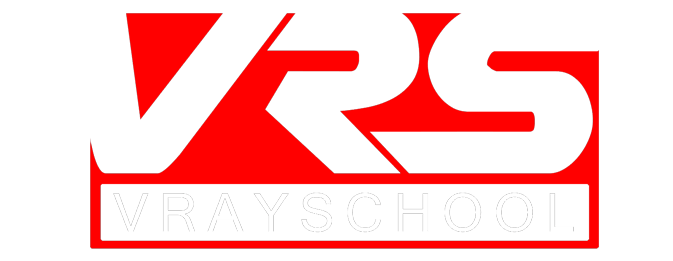Welcome back for another fantastic 3ds Max, VRay and Photoshop tutorial. We’ll take a look at various modeling, UV mapping and texturing techniques while working on an Art Decorative piece. I’ve used this piece as an example for this tutorial from a French Interior Decoration magazine. Using real references from such magazines is a great way of ensuring photorealism with your assets. This particular decorative item has a rusted metal look which we’ll be simulating using VRay.
First of all we’ll model this asset, then apply spline UV mapping, followed by creating a rusted metal material and texturing in Photoshop. Along this process you’ll learn all the techniques used for recreating this art asset faithfully.
The Modeling Phase
Our decorative Art object has 4 concentric circular bars. Each of these bars is just a variation of each other with an offset. As a result we’ll only model one of these and duplicate it 3 times at the end.
Start off by creating a long Chamfer Box. With its fillet option we can give a slight bevel to the edges. I’ve used 50cm, 170cm and 50 cm as its dimensions. And since we’re going to be using a bend modifier over it, I’ve given 80 segments to its width. This will make sure that our geometry remains smooth as it bends to form a circle.
With the Bend modifier applied, we can bend it upwards with an angle of roughly 250 degrees. Next we can start creating the rust textures for our material.
Texture Creation in Photoshop
We’ll be needing some good rust textures, and no better place than Textures.com for free high quality textures. You can find every type of texture that you’ll need in visualization projects here. A premium membership will give you access to even higher resolutions for these textures. I’ve selected some metallic rust textures that we’ll use on our model.
These textures only come with the RGB version which may or may not be tiled. Therefore we’ll need to do some processing in Photoshop before using it for creating our material.
This particular texture is low res and is scaled too low. To rectify this, we’ll create a new 2048×2048 image in Photoshop, select this texture with Ctrl+A, go to Edit > Define Pattern and tile it with pattern overlay over the new image.
The patterning effect is quite jarring, so I’ll use 3 more textures and blend it with this one. Using separate layers merged with blending modes such as multiply, color dodge, soft light, and opacity masks, you can add variation to this new texture.
Next we need to match the hue of our rust with our reference image. Using Hue/Saturation and Color Balance corrections, we can attain the exact shade of the rust.
After we’ve created our diffuse texture, we’ll start creating the specular and bump maps. By converting the base image into grayscale, and boosting the brightness and contrast, we’ll get simple specular and bump maps. The bump map is just a shade lighter than the specular.
UV Mapping
Now here’s a trick that’ll allow you to map textures onto complex shapes. To map our circular bar, I’ve created a spline following the same path. This shape will guide the mapping on our object.
Apply an Unwrap UVW modifier over the object, select the faces mode, scroll down in the options and select Spline, and pick this spline shape. The end faces of the chamfer box will need separate mapping. You can select these faces with Edit Mesh modifier and apply a new UVW Mapping modifier for these faces.
You might also need to adjust the tiling of the textures in the material to remove any stretching.
Material Creation Process
After applying appropriate UVW mapping, we can move over to creating the final material for our object. Create a basic VRayMtl with our diffuse texture applied. Apply this material over the object to view the actual mapping of the texture. As is visible, there is some stretching which can be fixed by changing the tiling to 2.0cm and 0.2cm with real world scale.
The glossiness has been kept at a value of 0.8 to simulate rust roughness. And as for the reflection, I’ve used a falloff map with the specular map on both slots. The difference between these is their RGB offset values of 0.2 and 0.3 and blur of 2 and 3 respectively. The mix curve between the two is exponential in shape. This reflection falloff map will give the object more realistic reflections at an angle.
The strength of this reflection map has been kept at 25 while the bump has a strength of 5 and texture blur of 0.4.
Finalizing the Decorative Item
Finally, we can make duplicates of this circular piece and offset their rotations. Always keep an eye on the reference image while making changes. This way you won’t stray too far from the original look of the model.
I’ve also created a Studio Lighting Setup to test our Art Deco piece in a render. You can check my other tutorial on Studio Lighting to learn how to create this setup.
If you’d like to inscribe something on the model, you can do that in the following way. Create a text primitive, choose the word size and font, and add an extrude modifier. By using a bend modifier I’ve matched it to the curve of the asset. Now by sliding the text geometry inside the asset and using a Subtractive Boolean operation, I’ve etched the words ‘Art Object 001’ into it.
Download the Art Object 001
If you liked this tutorial, be sure to subscribe to this blog, check out the other posts and share it with your friends. See you next time with a new 3ds Max and VRay Trick.


